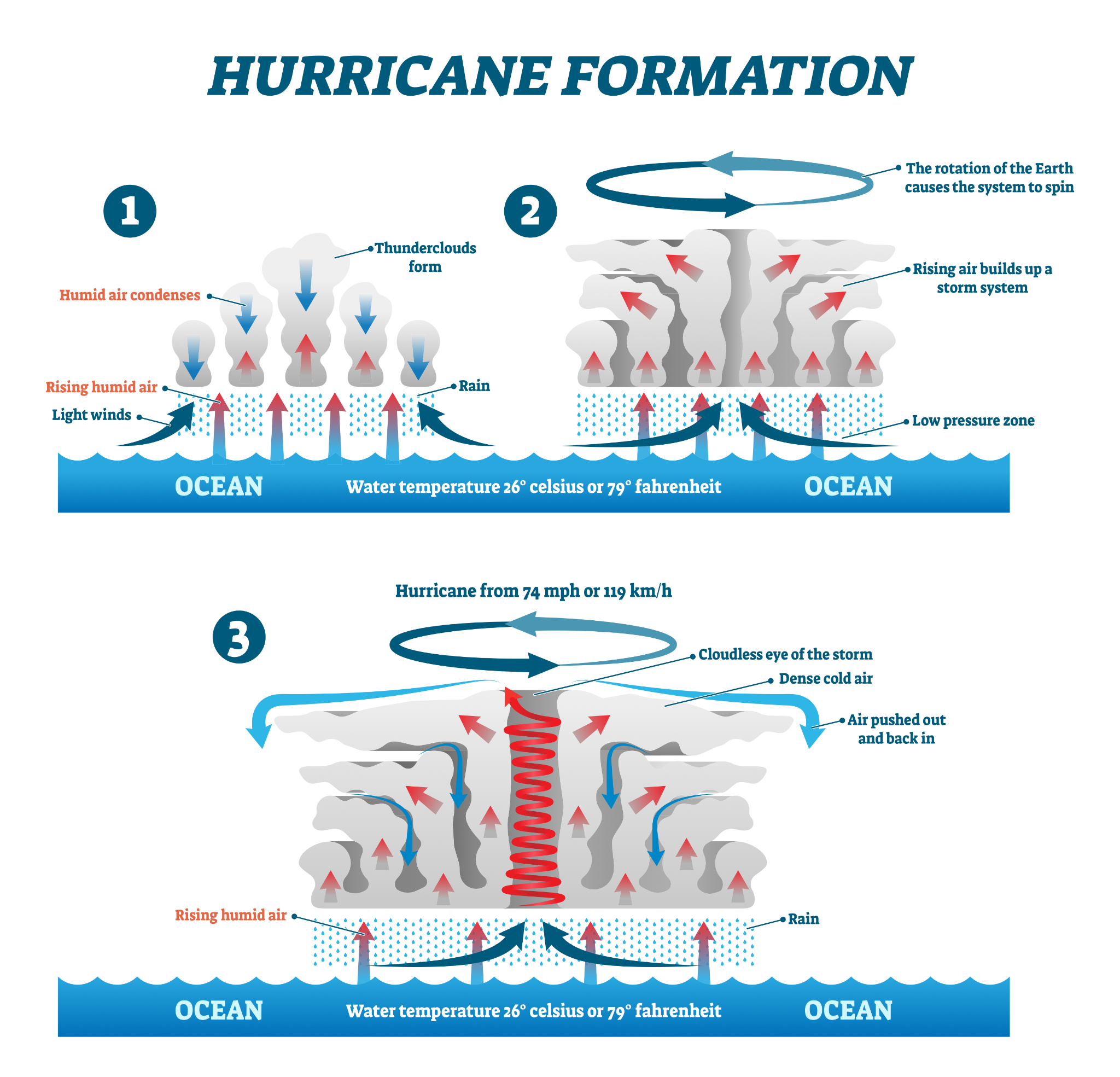- Courses
- GS Full Course 1 Year
- GS Full Course 2 Year
- GS Full Course 3 Year
- GS Full Course Till Selection
- Online Program
- GS Recorded Course
- NCERT (Recorded 500+ Hours)
- Polity Recorded Course
- Geography Recorded Course
- Economy Recorded Course
- AMAC Recorded Course
- Modern India, Post Independence & World History
- Environment Recoded Course
- Governance Recoded Course
- Science & Tech. Recoded Course
- International Relations and Internal Security Recorded Course
- Disaster Management Module Course
- Ethics Recoded Course
- Essay Recoded Course
- Current Affairs Recoded Course
- CSAT
- 5 LAYERED ARJUNA Mentorship
- Public Administration Optional
- ABOUT US
- OUR TOPPERS
- TEST SERIES
- FREE STUDY MATERIAL
- VIDEOS
- CONTACT US
Cyclone ‘Dana’ Forms Over Bay of Bengal
Cyclone ‘Dana’ Forms Over Bay of Bengal
23-10-2024
- As of October 23, 2024, the deep depression over the Bay of Bengal has intensified into a cyclonic storm named Dana.
- The storm is expected to cross the coasts of Odisha and West Bengal between October 24 and 25, bringing with it severe weather conditions.
How does a cyclone form?
Key features include:
How are Cyclones named?
Recent Cyclone Names and Their Countries
|
Key points of the Cyclone dana:
- Cyclone Dana is currently located approximately 560 km southeast of Paradip (Odisha), 630 km south-southeast of Sagar Island (West Bengal), and 630 km south-southeast of Khepupara (Bangladesh).
- The storm is moving west-northwestward at a speed of 18 km per hour.
- Dana is likely to intensify into a severe cyclonic storm with wind speeds of 100-110 km/h, gusting up to 120 km/h.
- It is expected to make landfall between Puri (Odisha) and Sagar Island (West Bengal) during the night of October 24 to the morning of October 25.
Expected Impact on Affected Areas
-
Wind Speeds:
- Coastal districts of Jagatsinghpur, Kendrapara, Bhadrak, and Balasore may experience winds of 100-110 km/h.
- The northern Odisha district of Mayurbhanj is forecasted to see wind speeds of 80-90 km/h, while Puri is expected to have winds of 60-80 km/h.
- Other districts such as Cuttack, Jajpur, Khurda, Bhubaneswar, Dhenkanal, and Keonjhar may record winds of 60-70 km/h.
- Interior districts like Angul, Ganjam, Nayagarh, Boudh, Sambalpur, and Deogarh could experience wind speeds of 40-50 km/h.
-
Rainfall and Damage:
- All affected districts are expected to receive heavy rainfall on October 24 and 25.
- Potential damage includes uprooted trees, damaged thatched houses, and impacted power infrastructure.
Government and Institutional Preparations
- The Archaeological Survey of India has instructed site in-charges of monuments and museums to close their premises to avoid incidents during the cyclone.
- 51 Odisha Disaster Rapid Action Force (ODRAF) teams have been deployed in vulnerable districts, along with 178 fire services teams.
- An additional 20 National Disaster Response Force (NDRF) teams are being mobilized from Bhatinda, Punjab, with five teams being flown to Bhubaneswar.
- Chief Minister has directed cabinet members and MLAs to supervise cyclone preparedness and coordinate with senior administrative officials for effective response measures.
Hurricane Oscar makes landfall in eastern Cuba
Current Conditions:
Record: Oscar is the smallest hurricane on record, with a wind field of about 6 miles (10 km) across. Other Storms:
|
Must Check: Best IAS Coaching In Delhi
UPSC Prelims Result 2024 Out: Expected Cut Off & Other Details, UPSC Prelims 2024 Answer with Explanation, Daily Prelims Quiz, Daily Current Affairs, MONTHLY CURRENT AFFAIRS TOTAL (CAT) MAGAZINE, Best IAS Coaching Institute in Karol Bagh, Best IAS Coaching Institute in Delhi, Daily Mains Question Answer Practice, ENSURE IAS UPSC Toppers, UPSC Toppers Marksheet, Previous Year Interview Questions, UPSC Syllabus





